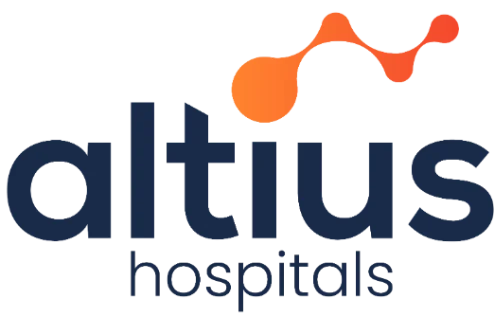What is mononucleosis?
Mononucleosis is an infectious disease most often caused by the Epstein-Barr virus. It is sometimes known as mono or the “kissing disease.” Mono can be passed from person to person by kissing or by sharing drinks, eating utensils, or a toothbrush with someone who has infectious mononucleosis. This being contagious is less likely to be transferred than other common viruses that cause symptoms, such as the common cold.
Causes
The Epstein-Barr virus causes the vast majority of mononucleosis cases. However, it is also possible to get mono from other viruses, including adenoviruses, cytomegalovirus (CMV), hepatitis types A, B, or C, herpes simplex virus, HIV, and rubella.
While many people do get infected with EBV in early childhood, most do not have symptoms of infectious mononucleosis. Up to 85-90% of men and women have been infected by the time they reach 40 years old in the United States. It belongs to the herpes family, but it is different from the others responsible for oral and genital herpes.
Symptoms
In an individual, mononucleosis can give a variety of symptoms, from mild to severe. Not so rare are fever, fatigue, sore throat, swelling of lymph nodes, tender muscles, lack of appetite, and rash. Sometimes coughing, chest pain, shortness of breath, headache, nose bleeds, rapid heartbeat, stiff neck, hives, and jaundice may also be less common.
Some people have either no symptoms or mild ones that go unnoticed. Most people with mononucleosis feel better in 2 to 4 weeks, but fatigue can linger for several more weeks. The symptoms sometimes may last for six months or longer.
Diagnosis and Treatment
Mononucleosis is generally diagnosed following a physical examination and based on a combination of symptoms. Blood tests include complete blood count (CBC) and antibody tests, which help to confirm the diagnosis.
There is no specific medication for the treatment of mono. Both antibiotics and antivirals are useless against EBV. Treatment then centres around alleviating symptoms related to the infection, and these can run the gamut from prescribing ample rest and fluids to over-the-counter pain relievers, corticosteroid medication if there is swelling in the throat, and gargling with salt water to ease any pain felt in the throat from the condition. In most cases, mono resolves itself in a period of.
Complications
Although rare, mononucleosis can cause some severe complications. These include enlarged tonsils that block the airway, an enlarged spleen, liver malfunctions, blood diseases, heart inflammations, and neurological abnormalities. Severe complications affect people with weakened immune systems more often.
Prevention and Takeaways
No vaccine is available for mono. Following an infection by EBV, the virus can persist for several months in the saliva. This implies that one will still be a potential transmitter of the disease even if they are asymptomatic. Proper hygiene, therefore, is the best measure against the onset of mono. For instance, people should wash hands frequently and avoid contact with those who seem sick, in addition to not sharing items such as drinks, utensils, or toothbrushes.
In essence, mononucleosis is an infectious illness often caused by the Epstein-Barr virus; the mode of transmission is through saliva. Although the disease is not severe, one may take a few weeks to recuperate. There is no treatment for it except to address the symptoms, wherein rest, intake of fluids, and over-the-counter medication to relieve pain are mainly prescribed.

